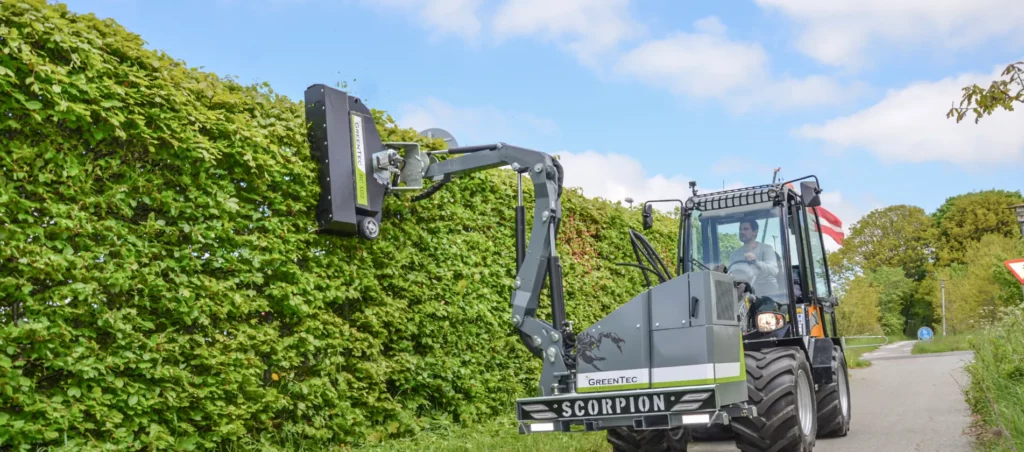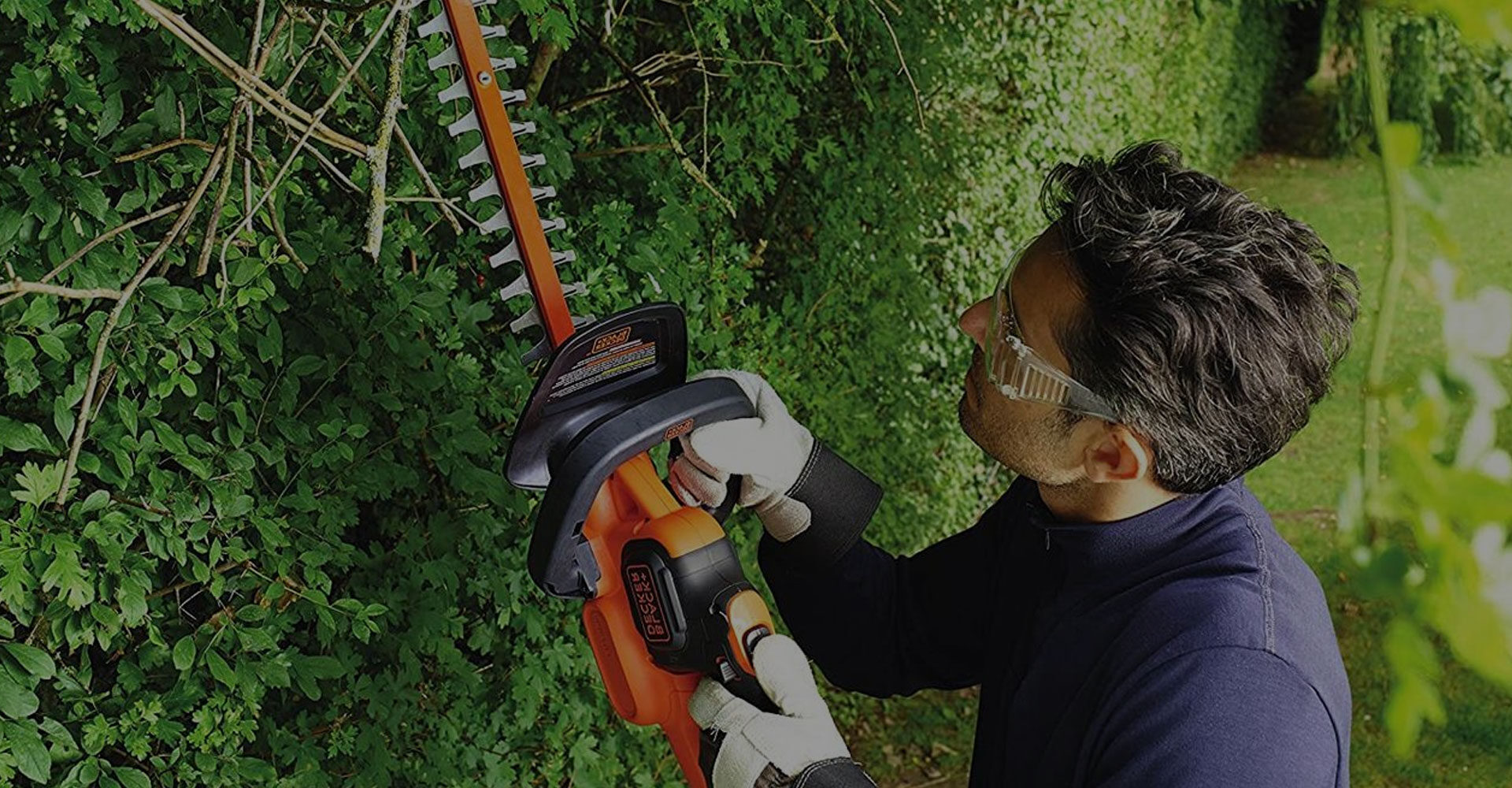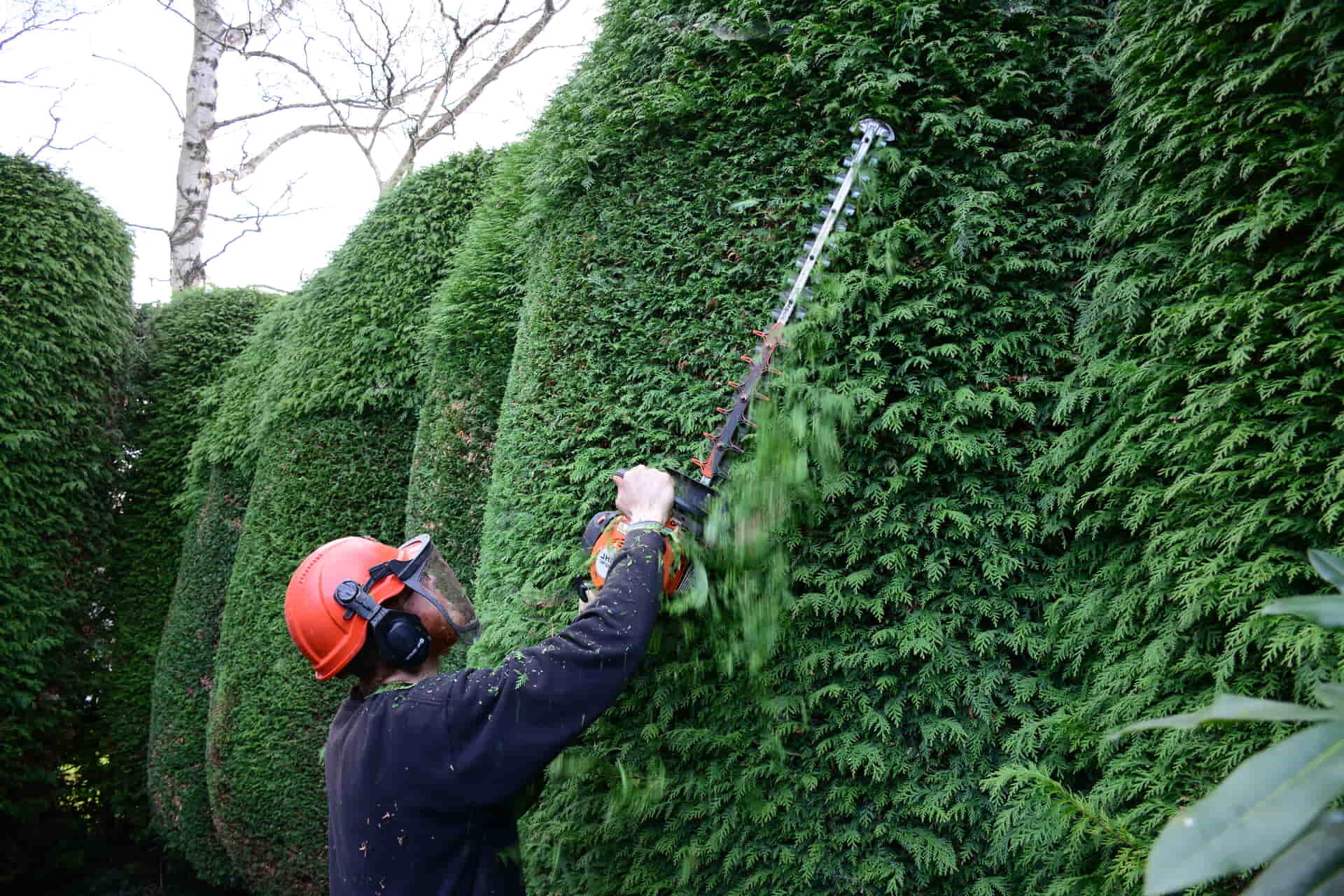Keeping your hedges in proper shape is essential for maintaining the aesthetics and functionality of your outdoor space. However, many homeowners are often hesitant to hire professional hedge trimming services due to the perceived high costs involved. In this article, we will break down the various factors that influence the cost of hedge trimming and explore both professional and DIY options, helping you better understand and budget for this important aspect of maintaining your landscape.
The Basics of Hedge Trimming
Hedge trimming is the process of cutting back and shaping hedges to maintain their desired size and appearance. Regular trimming promotes healthy growth, prevents overgrowth, and enhances the overall look of your landscape. However, the cost of hedge trimming services can vary significantly depending on several factors.
Proper hedge trimming not only improves the aesthetic appeal of your property but also plays a crucial role in maintaining the health of your hedges. By trimming away dead or overgrown branches, you allow for better air circulation and sunlight exposure, which are essential for the overall well-being of your plants. Additionally, regular trimming helps prevent pest infestations and diseases by keeping the hedges in optimal condition.
Types of Hedge Trimming Services
Before delving into the costs, it is important to understand the different types of hedge trimming services available. Common options include:
- Regular maintenance trimming: This involves routine trimming to keep hedges in shape.
- Restorative trimming: This is more intensive and is required for hedges that have grown excessively or have been neglected.
- Formal hedge trimming: This involves shaping hedges into specific designs or geometrical shapes.
The type of service you require will impact the overall cost.
When considering the type of hedge trimming service needed, it’s essential to assess the current state of your hedges. Overgrown hedges may require more time and effort to trim, potentially affecting the overall cost of the service. Communicating your expectations clearly with the professionals can help ensure that the trimming is done to your satisfaction.
Essential Tools for Hedge Trimming
Professional hedge trimmers rely on a range of specialized tools to perform their tasks efficiently. These tools include:
- Handheld hedge trimmers
- Hedge shears
- Hedge trimmer attachments for tall hedges
- Pruning shears
- A ladder or pole saw for hard-to-reach areas
The tools needed for the job will also be factored into the cost of hiring a professional hedge trimming service.
Investing in high-quality tools not only ensures a precise and clean trim but also contributes to the overall health of your hedges. Dull or improper tools can cause damage to the plants, making them more susceptible to infections and stunted growth. Therefore, hiring professionals who use the right tools for the job is crucial for maintaining the vitality and appearance of your hedges.
You May Also Like To Read: Essential Checklist for Self Managed Super Fund Set Up
Factors Influencing the Cost of Hedge Trimming
Several factors determine the cost of hedge trimming. Understanding these factors will help you anticipate the expense involved and enable you to make informed decisions.
When it comes to the size and number of hedges, it’s not just about the physical dimensions. The type of hedge also plays a role in determining the cost. For example, dense hedges with thick branches may require more intricate trimming techniques, impacting the overall price. Additionally, the age of the hedge can affect the cost, as older hedges may need more delicate handling to maintain their health and shape.
Size and Number of Hedges
The size and number of hedges you have will significantly impact the cost of trimming. Larger hedges or a greater number of hedges will require more time and effort, which will be reflected in the overall cost.
Moreover, the location of the hedges can also influence pricing. Hedges near obstacles such as fences, power lines, or buildings may require extra caution and specialized equipment, leading to higher costs to ensure safety and precision during trimming.

Complexity of the Trimming Job
The complexity of the trimming job is another crucial factor. If your hedges have intricate designs or require extensive reshaping, it will require more skill and time, thus increasing the cost.
Furthermore, the time of year can impact the cost of hedge trimming. Trimming during the peak growing season may result in faster regrowth, requiring more frequent maintenance and potentially increasing long-term costs. On the other hand, trimming during the dormant season may lead to slower regrowth, reducing the frequency of trimming needed and overall expenses.
Frequency of Trimming
The frequency of hedge trimming also affects the cost. Regular maintenance trimming tends to be less expensive than restorative or infrequent trimming, as the hedges are easier to maintain. Neglected hedges may require more time and effort to bring them back to their desired shape, resulting in higher costs.
Average Cost of Professional Hedge Trimming
When hiring a professional hedge trimming service, the cost is typically determined by either an hourly rate or a flat rate. Understanding these pricing structures and additional costs will help you better estimate the expenses involved.
Professional hedge trimming services offer a range of benefits beyond just aesthetic appeal. Trained professionals can assess the health of your hedges, identify any potential issues, and provide expert advice on maintenance and care. By investing in professional hedge trimming, you are not just enhancing the visual appeal of your property but also ensuring the long-term health and vitality of your hedges.
Hourly Rates vs. Flat Rates
Many hedge trimming services charge an hourly rate, which can range from $30 to $80 per hour, depending on various factors such as location and the complexity of the job. This pricing structure is suitable for smaller projects or routine maintenance. Alternatively, some companies offer flat rates based on the size or length of the hedges. These flat rates can range from $100 to $500 or more, depending on the scope of work.
It’s important to note that the expertise and experience of the professionals can also impact the pricing structure. Highly skilled arborists or horticulturists may charge premium rates for their services, but their specialized knowledge can ensure superior results and the overall health of your hedges.
Additional Costs to Consider
When budgeting for professional hedge trimming, it is important to consider any additional costs that may arise. These can include:
- Green waste disposal fees
- Travel costs for remote locations
- The cost of any necessary pesticides or fertilizers
These additional costs can vary significantly, so it is crucial to discuss them with the service provider beforehand to avoid any surprises.
Furthermore, some professional hedge trimming services may offer additional services such as shaping, thinning, or disease treatment for an extra fee. These supplementary services can help maintain the health and appearance of your hedges, ensuring they remain vibrant and lush throughout the year.
DIY Hedge Trimming: Cost Considerations
For homeowners looking to save money, DIY hedge trimming is an option worth considering. However, it is important to weigh the cost savings against the time, effort, and potential risks involved.
Trimming hedges can be a rewarding task that not only enhances the aesthetics of your property but also promotes the health and growth of the plants. By taking the DIY approach, you have the opportunity to personally care for your hedges and tailor the trimming techniques to suit the specific needs of each plant species in your garden.
Equipment Investment
Investing in the necessary hedge trimming tools can be a significant upfront cost. Depending on the quality and quantity of equipment needed, prices can range from $50 for basic handheld shears to several hundred dollars for professional-grade trimmers and attachments. It is important to choose tools that match your project’s complexity and lifespan.
When selecting hedge trimming tools, consider factors such as blade sharpness, cutting capacity, and ergonomic design. Opting for high-quality equipment can not only make the task more efficient but also ensure cleaner cuts that promote plant health and growth. Additionally, investing in tools with adjustable features can provide versatility for tackling hedges of varying shapes and sizes.
Time and Labor Costs
DIY hedge trimming also requires a considerable investment of time and labor. Depending on the size and number of hedges, as well as your skill and experience, the task can take several hours or even days to complete. It is essential to consider your availability and physical capabilities before opting for the DIY route.
Before embarking on a hedge trimming project, create a detailed plan that outlines the specific areas that need attention, the techniques to be used, and the estimated time required for completion. By approaching the task systematically, you can ensure a more organized and efficient trimming process that yields professional-looking results.

Tips for Budgeting Your Hedge Trimming
Now that we have explored the cost considerations for professional and DIY hedge trimming, let’s look at some tips to help you effectively budget for this essential landscaping task.
Getting Quotes from Professionals
When seeking professional hedge trimming services, it is advisable to gather quotes from multiple providers. This will help you compare prices, services offered, and any additional costs to ensure you are getting the best value for your money. Don’t forget to ask for references or examples of previous work as well.
Seasonal Considerations for Cost-Saving
Timing can greatly impact the cost of hedge trimming. Some companies may offer discounts during slower seasons when demand is lower. Planning your trimming project during these periods may help you save money without compromising the quality of service.
Long-Term Maintenance Planning
To avoid excessive trimming costs in the future, it is essential to plan for long-term hedge maintenance. Regularly trimming your hedges yourself or hiring professional services for routine maintenance can help prevent overgrowth and reduce the need for more costly restorative trimming down the line.
But let’s delve deeper into the concept of long-term maintenance planning. It’s not just about trimming your hedges regularly; it’s about understanding the specific needs of your hedges and tailoring your maintenance approach accordingly. Different types of hedges have different growth patterns and requirements. Some may need more frequent trimming, while others may require specific techniques to maintain their shape and health.
For example, if you have evergreen hedges, they will need to be trimmed at least once a year to keep them looking neat and tidy. However, deciduous hedges may require more frequent trimming, especially during the growing season, to maintain their desired shape. Additionally, some hedges may need specialized pruning techniques to encourage healthy growth and prevent diseases.
By understanding the unique characteristics of your hedges and investing time in learning about their specific maintenance needs, you can ensure that your trimming efforts are not only cost-effective but also yield beautiful, healthy hedges that enhance the overall appearance of your landscape.
In conclusion, understanding the costs of hedge trimming is crucial for effective budgeting. Factors such as the size and number of hedges, complexity of the job, and frequency of trimming all influence the overall cost. Whether you choose professional services or DIY trimming, weighing the costs against the benefits will help you make an informed decision and ensure your hedges stay in top shape without breaking the bank.
Related: Enhance Your Landscape with Professional Hedge Trimming Services


